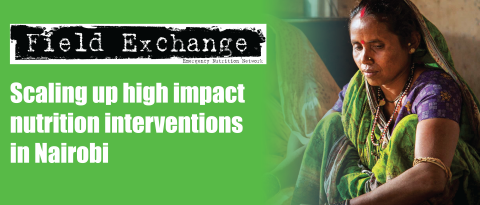Short malnourished children and fat accumulation with food supplementation
Research snapshot1
Supplementary feeding programmes (SFPs) commonly do not to measure the mid-upper arm circumference (MUAC) of children whose length is <67 cm. These shorter children are enrolled in treatment only if they meet weight-for-height z-score (WHZ) criteria, which is less closely linked to risk of mortality and misses children at high risk who would have been identified by MUAC. This is based on expert opinion that the supplementation of shorter children with low MUAC and WHZ ≥−2 may increase the risk of excessive fat accumulation. The aim of this study was to assess if shorter children gain more fat than taller children when treated for moderate acute malnutrition (MAM) diagnosed by low MUAC alone.
In this observational study children were included aged 6 to 23 months with a MUAC between 115 and 125 mm and a WHZ score of ≥−2. Based on length at admission, children were categorised as short if they were <67 cm and long if ≥67 cm. Linear mixed- effects models were used to assess body composition using deuterium dilution and skinfold thickness. After 12 weeks of supplementation there was no difference in change in fat mass index (−0.038 kg/m2, 95% confidence interval [CI]: −0.257 to 0.181, P = .74) or fat-free mass index (0.061 kg/m2, 95% CI: −0.150 to 0.271, P = .57) in short children versus long children. In absolute terms, the short children gained both less fat-free mass (−230 g, 95% CI: −355 to −106, P < .001) and fat mass (−97 g, 95% CI: −205 to 10, P = .076). There was no difference in changes in absolute subscapular and triceps skinfold thickness and z scores (P > 0.5). Results demonstrate that short children with low MUAC do not gain excessive fat during supplementation. On this basis, the authors recommend that all children ≥ 6 months with low MUAC be included in SFPs, regardless of length.
Endnote
1Fabiansen C, Phelan K.P.Q., Cichon B, et al. Short Malnourished Children and Fat Accumulation With Food Supplementation. Pediatrics. 2018;142(3):e20180679


